Grian-stad a' Gheamhraidh Beannaichte - Blessed Winter Solstice
The longest night of the year. The time when the sun stops.
This time is the height of the power of the Holly King and the rebirth of the Oak King; who will reach the height of his power and influence on the summer solstice.
Holly is sacred to the Draoi.
Planting a holly tree in front of your home will give you protection - particularly against lightening. We bring holly inside during the winter for luck. It gives the “fairies” a place to live and they in turn will be good to the family of the home.
The red berries of the holly were female while the white berries of the mistletoe were male. These were combined in the house over winter to encourage fertility of the community come spring.
Kissing is symbolic joining, and a precursor to fertility.
Holly in Scottish Gàidhlig is "cuilinn".
Holly in Irish is "cuileann".
Both are pronounced KHOOL-un.
My name Lezley, comes from lès celyn, which means holly garden.
The evergreens of all kinds are reminders of spring in the dead of winter. They are the promise of spring and life and light, in the depths of the dark and the dead. Evergreens in the forest are decorated and lit with candles for winter solstice as a reminder that there is always light promised in the midst of the darkness.
The winter solstice is a celebration of resurrection and rebirth during the darkest, coldest time of the year. It is a period of reflection on the dead, the afterlife and reincarnation. It is a period of reflection on what we will rebirth for ourselves, our communities and the world.
Fantastic visual of the “out of time” intercalary Solstice period.
The Reincarnation Cycle
The "12 Days of Christmas" are a period of lunar intercalary "leftover" period when the dead are thought to roam abroad. The Solstice period from the December 21 to January 1 is a period "out of time". These “out of time” periods are common in lunar calendars and corresponded with less work, feasting and celebration and marking significant celestial events and the mythic beliefs around them. The Grian-stad a'Gheamhraidh commemorated the underworld and celebrated the re-incarnation circle.
The Celts love repeated cycles and circles of all kinds, and we love threes. All important things come in threes.
Grian-stad literally means "sun-stop"; which is also what solstice means. The sun reaches it's lowest point in the sky on December 21 and then stays there for 3 days. This is the descent into death, into the under world. Long, cold, still nights followed by a "resurrection" of the sun as it is "reborn" and begins it's ascent in the sky.
This is literally what every resurrection story is based upon. It's why Jesus's birthday is around the winter solstice instead of the September date to which most historical evidence points.
Sí an Bhrú - Belly of the Gods
Brú na Bóinne (Brew-na-BOYn-yeh) or Sí an Bhrú (SHEE-an-brew) is a sacred Celtic site that pulls all of the threads of Celtic belief and lived mythology into a beautiful single tapestry.
Brú na Bóinne is a 5200 year old passage tomb located in Co. Meath. It is a tomb of the dead, the entrance to the underworld and also where new life is born.
Sí an Bhrú means "Belly of the Gods". It is the belly in the Earth to which the Tuatha de Danann (TWOa-de-DAWn-in) retreated after the return of the Milesians.
“Tuatha” also means LAND. We are the People and we are the Land.
First, a Correction
The coming of Christianity distorted the meaning of the Sìth (SHEE). The gods of the Celts were colonized in the same way as the Celts themselves. According to Christianity, the Sìth became fallen angels cast out of Heaven for siding with Lucifer. As they had not acted out, they were not banished to hell, but sent to live in mounds on the Earth.
Stories of the Sìth have been told and written by non-Celts who have reduced the gods to small winged creatures called fairies who spoil milk and cause a nuisance. This is an intersection of colonization and supremacy that seeks to minimize the power and magic of Celtic gods to rob the Celtic people of our powerful ancient identity.
The Si/Sith are the Gods. The Si/Sith are the Ancestors. Si/Sith also means Peace.
Danu, Dagda, Bilé
Danu, Dagda, Bilé are Gods that are in harmony and power with both the spiritual world, and the natural worlds. Danu is water. Bilé is the forest. Dagda is the passage of time and the weather and life and death. There was a direct and immediate connection and relationship between the Gods and the Earth. There was reciprocity between spirit and flesh.
This was unacceptable to Christianity. Only Yahweh is God, and Abrahamic religions seek to dominate the Earth. So the Gods of the Celts were made diminutive, and dismissible folk fairies.
The Celtic Gods are Ancestors.
The Gods of Old are our ancestors and we are only separated by time, memory and wisdom. So not so far at all. They are right here with us. Everywhere, all at once. Ask for them and they will answer with love and wisdom from the time before.
The stories we tell of the Gods, in all their human-like foibles, is to help bring us to closer identity with them while we live on earth. Like Gods, we are expressions of the Anam Mór on earth. The only difference is that the Gods knew who they are. We have forgotten.
Sí an Bhrú - Belly of the Gods cont’d…
Sí an Bhrú is aligned to Grian-stad a' Gheamghraidh. The light of the sun illuminates the interior of the tomb for 3 days during the solstice. This is symbolic of the sun entering into the underworld and joining this world and the next.
The story of Dagda (DAY-da) and Boann (BOW-n) is symbolic of the solstice and embodies the repeating Celtic cycles of death and resurrection.
Dagda is the Good God.
The son of Danu (DAH-new) and Bile (BEE-lay) - which incidentally mean River and Sacred Tree Grove - so, Danu and Bile are the Earth symbolically made into Gods who come together to give birth to Dagda - the Good God of the Tuatha de Danann (the People/Land of Water).
So. Dagda is one of the main gods of the Celtic pantheon and he controls life, death, weather and time... plus crops and and a bunch of other stuff. Fan of prosperity and fertility, he likes to eat and drink and make with the sexy-times. Basically, he determines whether the lives of the people generally suck or are plentiful.
Dagda and Boann (another river goddess - we Celts love our water) fall in love and have an affair but oh! - Boann is already married to Elcmar (who is just a regular old human man and lives with Boann at Brú na Bòinne), and then Dagda and Boann end up pregnant.
Dagda doesn't want to be found out so he stops time for 9 months until Boann has her baby Aengus, who is then spirited away to be raised by a Bandraoi priestess and lives the first part of his life not knowing who his real father is and thus not knowing that he is a god.
There are layers of symbology around this story and this place and this time of the Solstice. The rays of the Sun (Dagda), pentrate the Belly of the Gods (literal Belly of Boann which is also a mound of earth) and create new life - which is also symbolic of the fertility of the fields which are dead and silent during the winter solstice.
The Celtic symbol of the unity of 3.
The sun stands still for 3 days. The god is dead for 3 days, the god is in the underworld for three days, the land of the sun and the underworld are one for 3 days. The Belly of the Gods is the resting place of the dead and is the source for new life.
This is a giant mythical tale of the cycle of birth, death and rebirth that the Celts believed in and lived in the flesh during the Grianstad a’ Gheamhraidh.
We believe that the spirit world exists right here with us and that they are both cycling in and out of incarnation. Celts would accept IOU's and debts to be repaid in the afterlife, because we believed so completely in that balanced reality.
Deep Waters
In Celtic mythology, the Earth itself punishes transgressors. But like all good patriarchies, it only punishes the women. Boann was punished for her affair by being consumed by well water and drowned when she tried to wash away the stain of her transgression. In her death Boann became all the rivers of the world (or at least in Ireland). Water is associated with life and birth and the breaking of waters from the belly during childbirth.
Waters are also associated with the deep, dark mysteries of life and anam and were revered by the Draoi. Celtic votive offerings are found most often in and around water and in water wells and water shafts made purposely to hold offerings.
There is a Triskelion at the entrance to Bhrù an Bóinne. Everything of importance happens in 3's and all things are connected in an active moving spiral of life.
Birth, death and rebirth.
Human, earth and celestial realms.
Maiden, mother and crone.
Land, sea and sky.
Mental, physical and spiritual.
Human, Anam-Ancestor-Gods and the land
Past, present and future.
The Tuatha de Danann means the "People/Land of the Danu (Water)". The people and the land are one and connected. All triple cycles are happening on the physical, mental and spiritual planes and in humans, the Earth and Celestial realms at the same time.
It's all happening to everyone, everywhere, all at once. There is no separation. The Winter Solstice is our reminder.
Grian-stad a'Gheamhraidh Beannaichte my Beloveds.
Ancestor Chats
Muireann has explained that the Grianstad a’ Gheamhraidh was a time of deep reflection for the spiritually oriented in Celtic society.
It was a time of solidifying intention for the coming year - very much like New Year’s resolutions, but less focused on individual goals and more focused on intentions that would benefit the whole community.
The Grianstad a’ Gheamhraidh was a literal re-birthing of the person, community and celestial realm - so intentions were made that embodied the mind, body and spirit for the individual, the Earth and the Cosmos.
The individual never existed outside their influence and participation in the community, the Earth and the Anam Mór.
Connect with your Ancestors
Let’s talk with your “dead”.


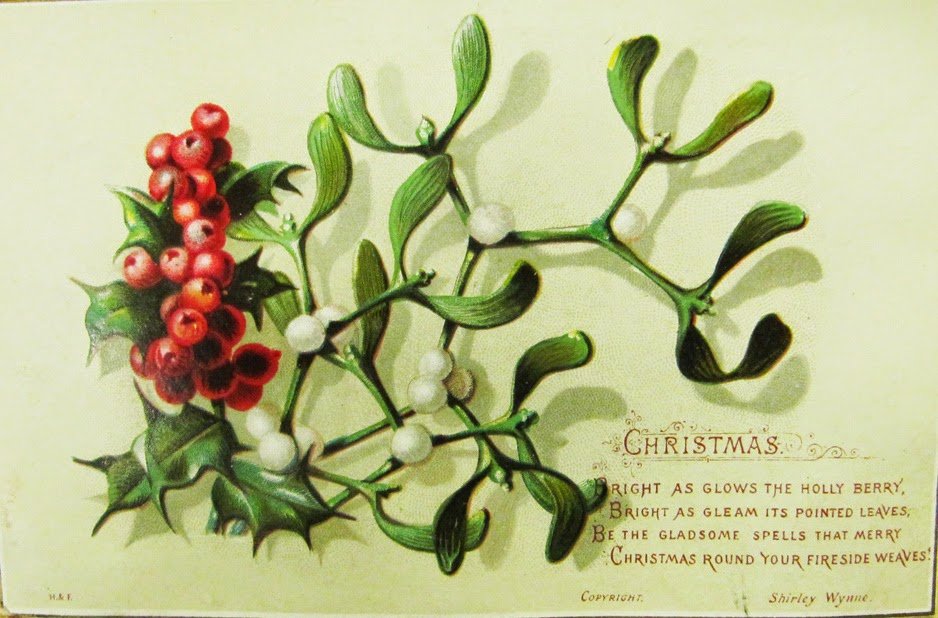



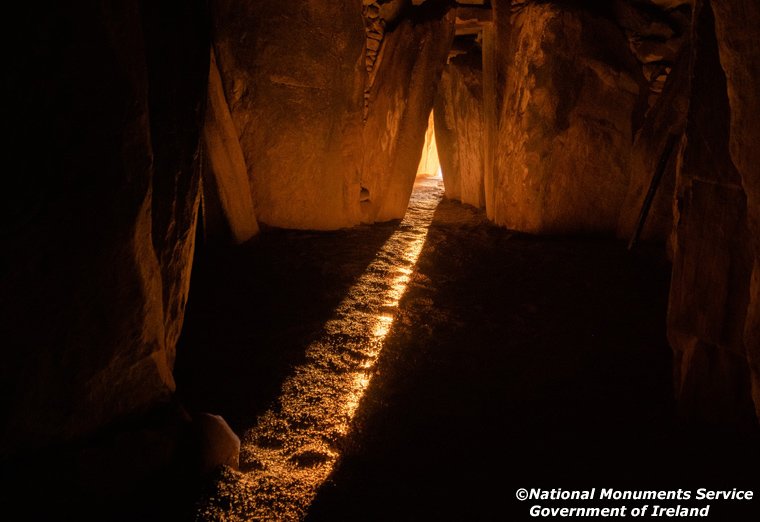



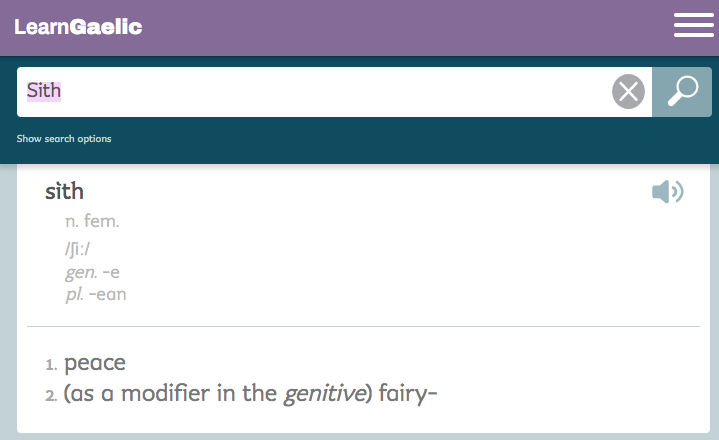
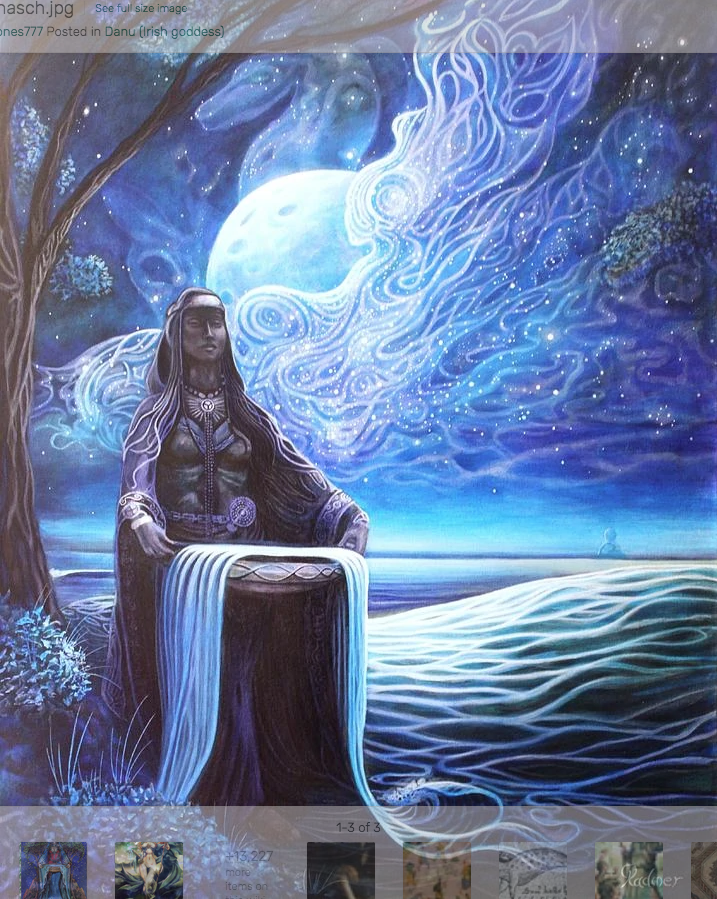
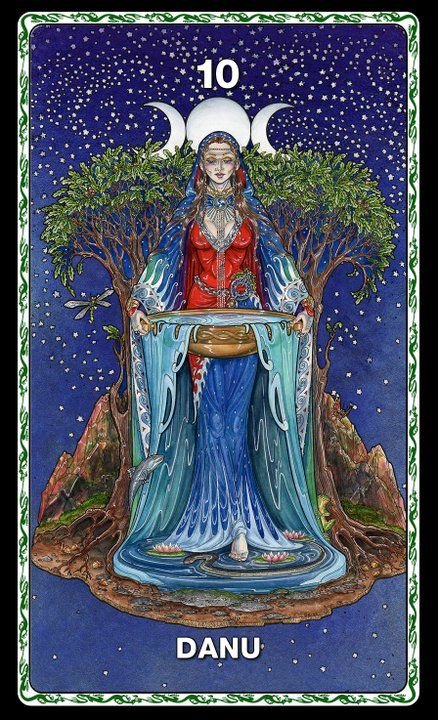
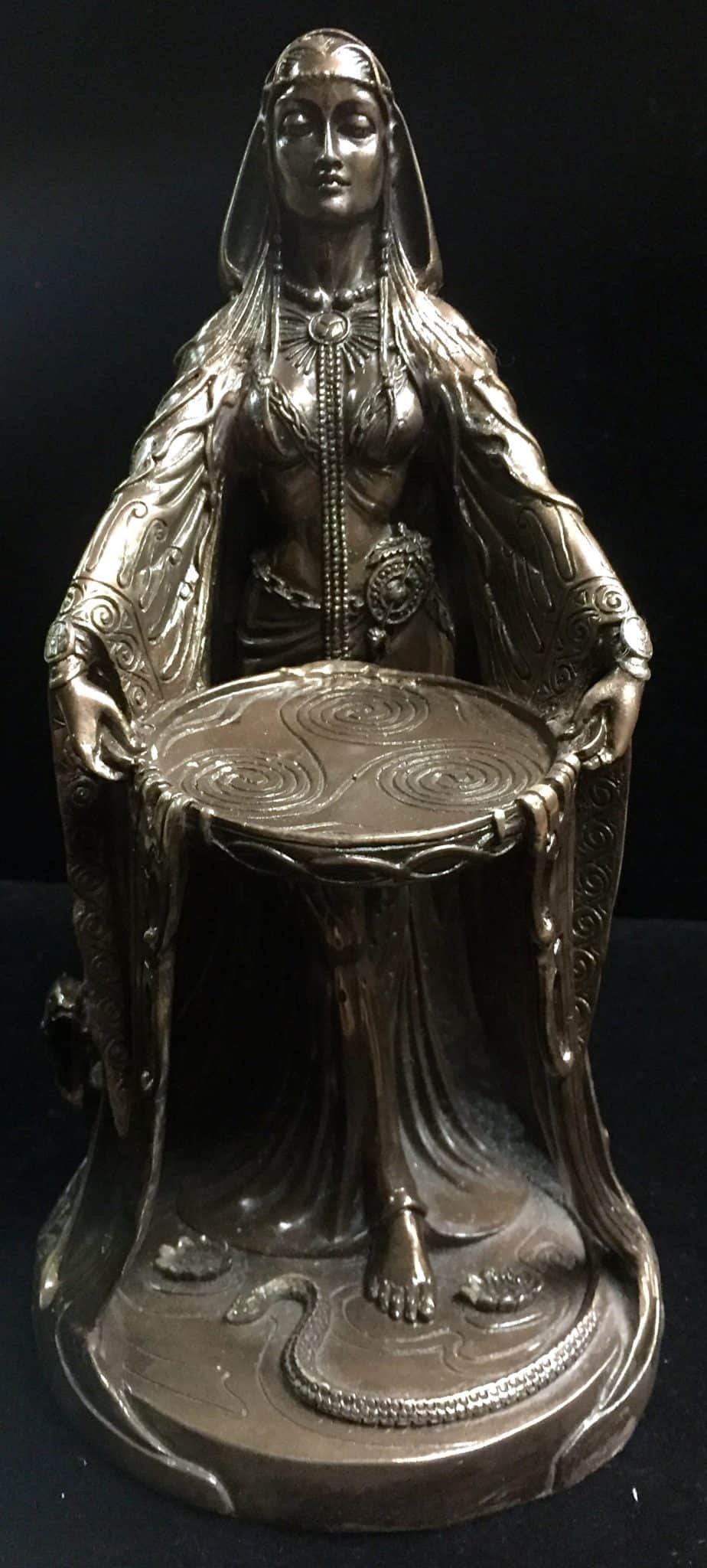
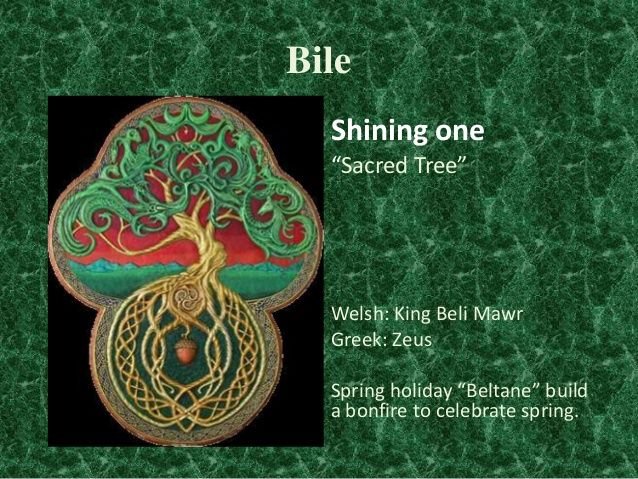
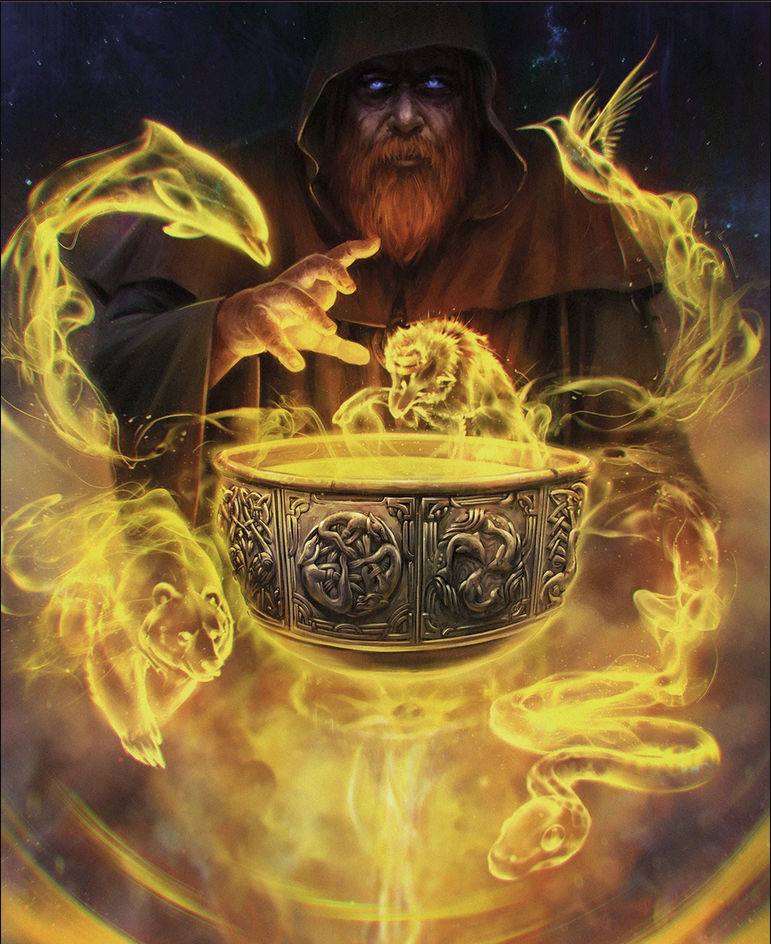
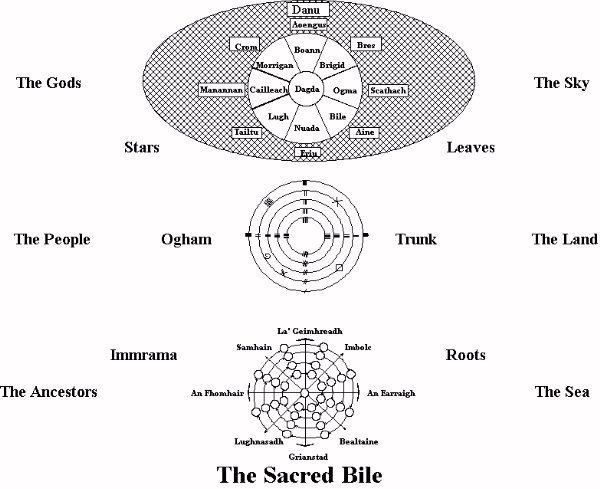





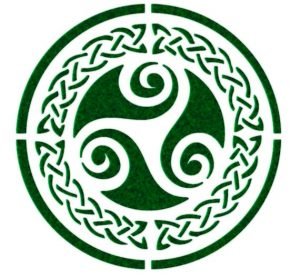
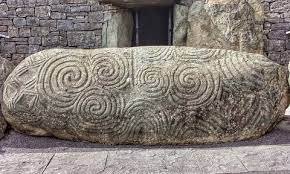






The people of Earth are re-awakening to expanded ways of knowing. You cannot put the genie back in the bottle.
Spirit has never been fully erased, no matter how hard the oppressors have tried to control who and where and what and how Spirit is accepted and legitimized here.
The people are awakening.